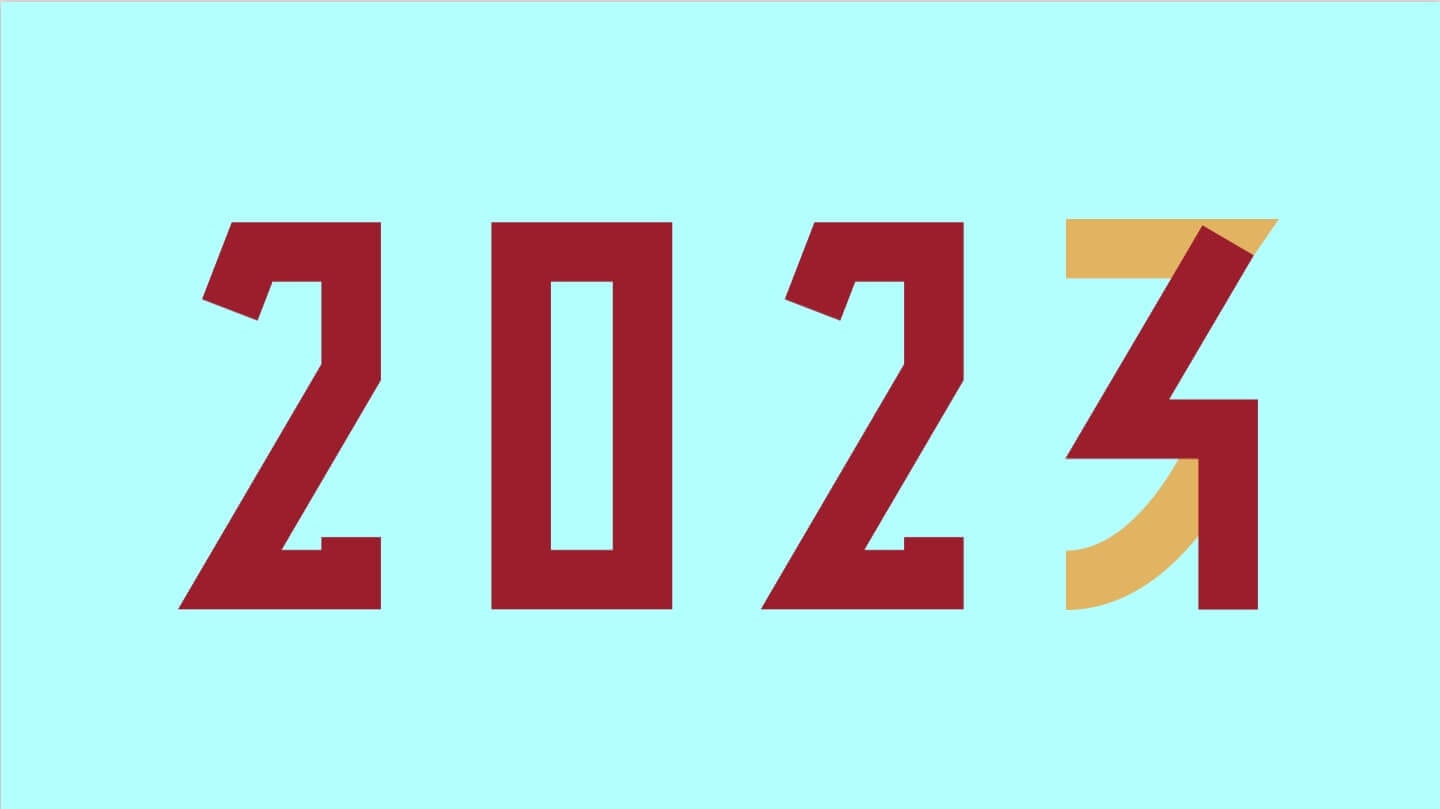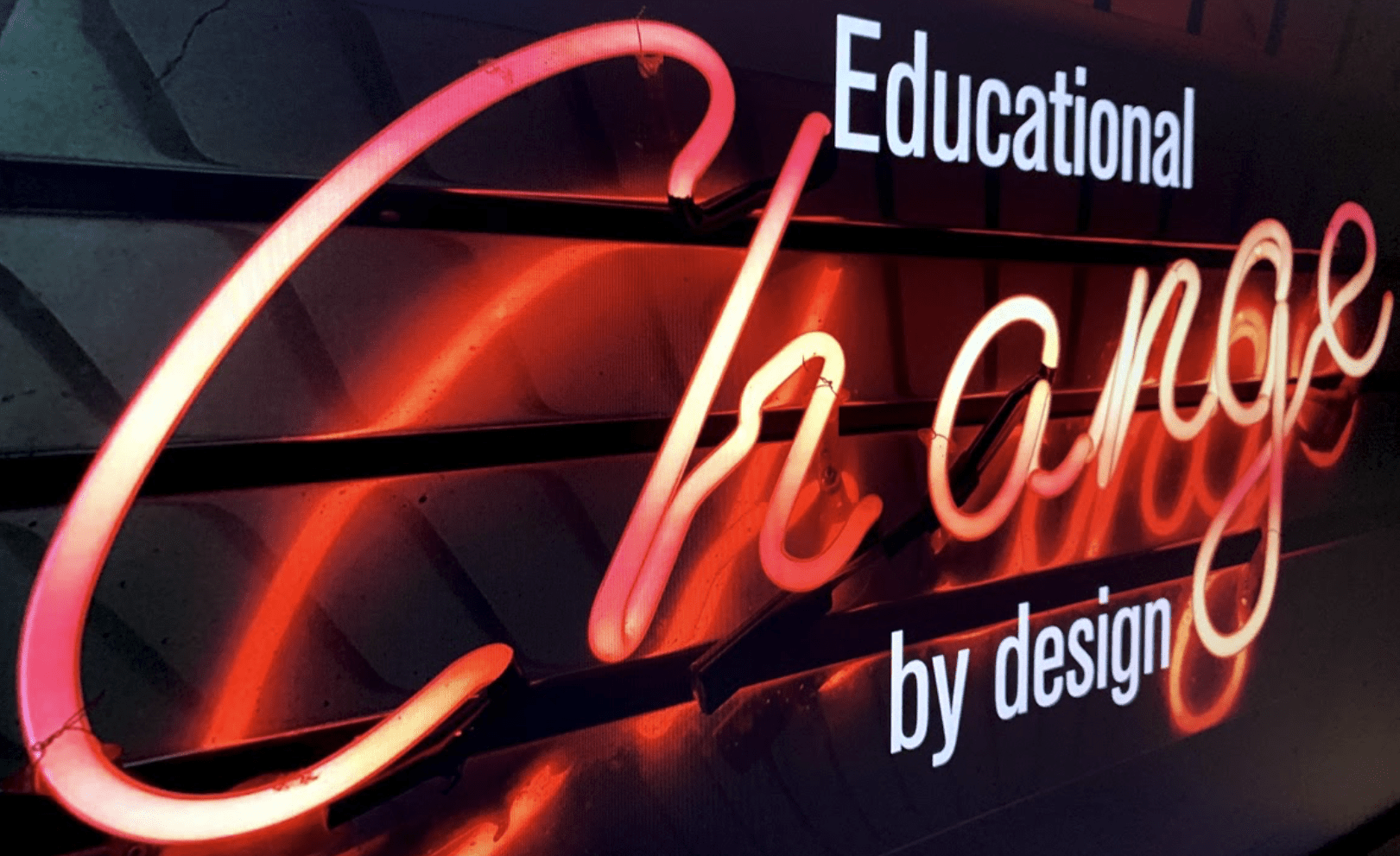Since December 2008 we have been creating a video to welcome the new year. When we made our first video we had no idea that we would still be doing it 16 years later, and, frankly who knows how long we can keep it up. These videos are usually typographical in nature, often with an optical illusion thrown in for good measure. These are fun to create though we have no budget to speak of, nor any special talents or CGI skills to fall back on.
This year’s video was a special challenge, since the original idea we spent days working on fell through. But at the end of the day (year) we do have something to share.
We hope you enjoy the video embedded below and we hope you will have a wonderful and joyous 2024!
Some context…
As I have written elsewhere:
Back in 2008, one winter day in Michigan, when it was too cold to go out, we decided to make a video, more to keep ourselves occupied than anything else. And then we made another one the next year, and then the year after that and the year after that… Along they way we have experimented with and explored a wide variety of optical illusions and visual tricks. Our production values are not very high, and (to be fair) neither is our budget. That said, it has been great fun, and a somewhat unique and wonderful family tradition.
You can see all the previous years’ videos here. They ARE fun to watch (and educational as well).
Note: This is our 17th video, and just in case you are keeping track, and suspect we got our math wrong, we made two videos in our first year.
How was this done?
There are two different illusions in the video – both of which rely on the same visual principles but with different results.
The core idea behind these two illusions comes from Dr. Kokichi Sugihara, professor of Engineering at Meiji University, Tokyo. He is renowned for his work in creating three-dimensional objects that defy our intuitive understanding of perspective and geometry and has won numerous awards for his work. Check out his webpage or his Youtube channel more mind-bending examples. More about the science behind these illusions can be found here:
Sugihara, K. (2018). Topology-disturbing objects: a new class of 3D optical illusion. Journal of Mathematics and the Arts, 12:1, 2-18, DOI: 10.1080/17513472.2017.1368133.
Essentially Sugihara is a master of creatively messing with our visual system, particularly when it comes to interpreting 2-D and 3-D objects. He cleverly uses perspective and the brain’s tendency to seek familiar patterns creating paradoxical, counterintuitive visual experiences that challenge our understanding of perspective and geometry. There are obviously deep questions these illusions raise about how we perceive the world and make sense of it – but at the end of the day these videos are meant to be enjoyed as they are.
Specifically…
The first illusion, the “arrow that points in just one direction,” involves cutting and folding a piece of paper in a specific way that fools our brain into thinking it is always pointed in a given direction, even when rotated 180-degrees (and points in the opposite direction when reflected in a mirror). The arrow used in the video was created using an index card and colored in the inside with a marker–as low tech as you can get. You can make your own “always pointing in one direction” arrow using just paper and scissors, and even using a roll of used toilet paper (like explained here).

The second illusion is a ring where top and bottom flip when reflected in a mirror—also an idea first proposed by Dr. Sugihara. His design was was recreated in Adobe Illustrator, printed on a regular color-printer and then cut out. The vertical object with 2023 and 2024 written on it is nothing but an old cigarette lighter we found lying around, wrapped with a piece of paper with the numbers printed on it. (Of course, 2024 was written in reflected form so that it would read correctly when reflected in a mirror).

The setup was pretty simple – shown below. A cardboard box was topped with a 3M board to form the platform. The mirror was one that was lying unused at home (from an old dresser). The arrow was rotated using a small “lazy susan” I had bought from Amazon over a year ago. The camera was my old Nikon (that has seen better days, and since the advent of the iPhone is increasingly sitting all by itself in a drawer, and is brought out once a year, in late December for these videos). Assorted sheets and throws were used to cover up the less interesting parts of the room that were visible to the camera.

The titles in the video were created in Keynote and exported out as a movie. Final editing of the titles and the footage was done in Adobe Premiere Pro. The background music, a piece called Son of a Rocket, is composed by the amazing Kevin MacLeod who makes so much of his work available royalty-free. We have used his compositions for multiple new-year’s videos over the years. He has pieces for every mood and style, we recommend him highly.



Best of luck for 2024